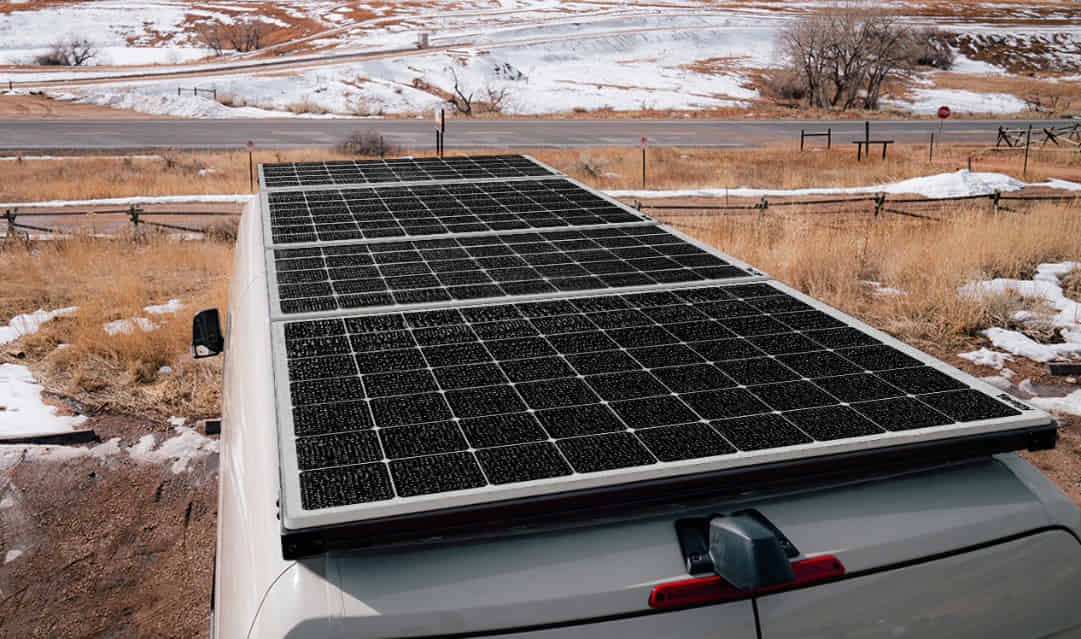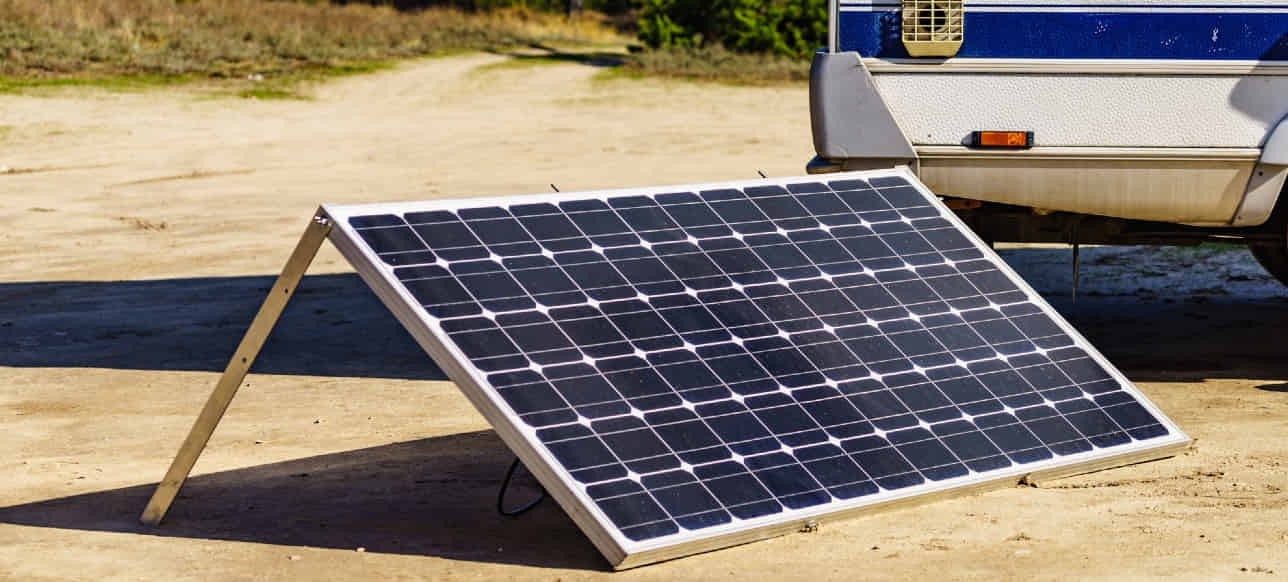12 Volt Solar Panel: Everything You Need to Know
Solar panels have been gaining popularity as a clean and renewable source of energy. Among the different types of solar panels available in the market, the 12-volt solar panel has become increasingly popular for its versatility and efficiency. In this article, we will discuss everything you need to know about 12 volt solar panels, including their advantages, installation process, and maintenance tips.
What Is a 12-Volt Solar Panel?
A 12-volt solar panel is a photovoltaic panel that produces electricity when exposed to sunlight. It is called a 12-volt solar panel because it produces 12 volts of direct current (DC) power. These panels are commonly used in small-scale applications, such as powering camping equipment, boats, and RVs.
Advantages of Using 12-Volt Solar Panels
There are several advantages of using 12-volt solar panels:
Cost-Effective
12-volt solar panels are more cost-effective than larger solar panels, making them an affordable option for small-scale applications.
Easy to Install
12-volt solar panels are easy to install and do not require a professional installer. They can be easily mounted on the roof or the ground using simple tools.
Portable
12-volt solar panels are lightweight and portable, making them easy to transport and use in remote locations.
Low Maintenance
12-volt solar panels require minimal maintenance and can last for many years with proper care.
How to Install a 12-Volt Solar Panel
Installing a 12-volt solar panel is a straightforward process that can be completed in a few simple steps:
Step 1: Choose the Location
Choose a location where the solar panel can receive direct sunlight for the majority of the day. The ideal location would be on a roof or a flat surface that is not shaded by trees or buildings.
Step 2: Mount the Solar Panel
Mount the solar panel on the chosen location using brackets or a frame. Make sure the solar panel is securely fastened to avoid any damage from wind or other weather conditions.
Step 3: Connect the Solar Panel to The Charge Controller
Connect the solar panel to a charge controller, which regulates the amount of power flowing from the solar panel to the battery. The charge controller prevents overcharging and extends the life of the battery.
Step 4: Connect the Battery to The Inverter
Connect the battery to an inverter, which converts the DC power from the battery to alternating current (AC) power that can be used to power appliances and other devices.
Step 5: Test the System
Test the solar panel system to make sure it is working properly. Monitor the battery level and the power output to ensure the system is generating enough power to meet your needs.

Maintenance Tips for 12-Volt Solar Panels
Maintaining a 12-volt solar panel is easy and requires minimal effort. Here are some tips to keep your solar panel in good condition:
Keep the Solar Panel Clean
Clean the solar panel regularly to remove any dirt or debris that may reduce its efficiency. Use a soft brush or a cloth to avoid scratching the surface of the panel.
Check the Wiring
Check the wiring and connections of the solar panel system regularly to ensure they are tight and secure.
Monitor the Battery Level
Monitor the battery level regularly and recharge the battery as needed to prevent it from becoming completely depleted.
Protect the Solar Panel
Protect the solar panel from extreme weather conditions, such as hail or heavy rain, by covering it with a protective cover or shelter.
Conclusion
In conclusion, 12-volt solar panels are an excellent option for those looking to incorporate renewable energy into their small-scale applications. They offer many advantages such as affordability, portability, and ease of installation. By following the simple installation and maintenance tips, you can enjoy the benefits of clean energy while reducing your carbon footprint. Switching to 12-volt solar panels can be a smart and sustainable choice for your energy needs.
